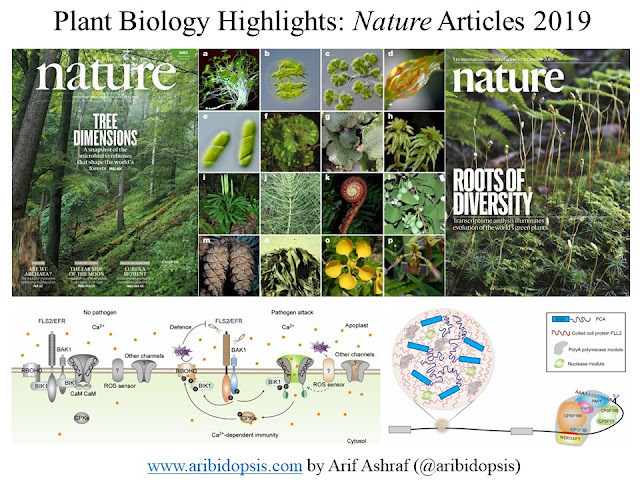Ethylene Biosynthesis Pathway: Part 03
Writing is an addiction for me like drinking alcoholic beverage. Once I start it, don't know how to resist myself. When holidays and writing go along, it's really crazy. Particular, the story of Ethylene is so intriguing, I can't help myself to take a holiday nap or watch a movie before finishing biosynthesis pathway part.
In previous post of ethylene series, we came upto SAM of ethylene biosynthetic pathway. Is there any other metabolic intermediates between SAM and ethylene? Let's explore this question in the following part of the post.
From several studies scientists came to know that there is no ethylene production in anaerobic condition (absence of oxygen). But, they could detect the degraded product from SAM except ethylene. It gave them an idea that probbably there is another metabolic intermediate intermediate between SAM and ethylene. In this case, Adams and Yang did a very clever experiment. They observed that after anaerobic condition, if they put the reaction on aerobic condition, it produces ethylene. They identified 1-aminocyclopropane 1-carboxylic acid as metabolic intermediate between SAM and ethylene.
In addition, if we remember properly, we discussed about AVG as an inhibitor in the last post. AVG is known inhibitor of pyridoxal phosphate-mediated enzymatic reactions. In presence of AVG, ACC is not detected. And during AVG treatment, if ACC is added, there is conversion from ACC to ethylene. As AVG inhibits SAM to ACC conversion, the reaction is mediated by pyridoxal enzyme.
Now, the last puzzle! Which step is blocked by anaerobic condition? During anaerobic condition, they could detect ACC, but no ethylene. So, the most logical explanation is that ACC to ethylene conversion is an oxidation reaction which requires oxygen. Radio labeled experiment of ACC to ethylene conversion confirmed that hypothesis.
To read actual research article, follow the link below:
Ethylene biosynthesis: Identification of 1-aminocyclopropane-1-carboxylic acid as an intermediate in the conversionof methionine to ethylene
Here we go. A straight pathway for ethylene biosynthesis had been developed. Take a pasue! It's not the end of story for ethylene biosynthesis. Much more is coming on that issue on following posts.
Now, the last puzzle! Which step is blocked by anaerobic condition? During anaerobic condition, they could detect ACC, but no ethylene. So, the most logical explanation is that ACC to ethylene conversion is an oxidation reaction which requires oxygen. Radio labeled experiment of ACC to ethylene conversion confirmed that hypothesis.
To read actual research article, follow the link below:
Ethylene biosynthesis: Identification of 1-aminocyclopropane-1-carboxylic acid as an intermediate in the conversionof methionine to ethylene
Here we go. A straight pathway for ethylene biosynthesis had been developed. Take a pasue! It's not the end of story for ethylene biosynthesis. Much more is coming on that issue on following posts.





Comments
Post a Comment